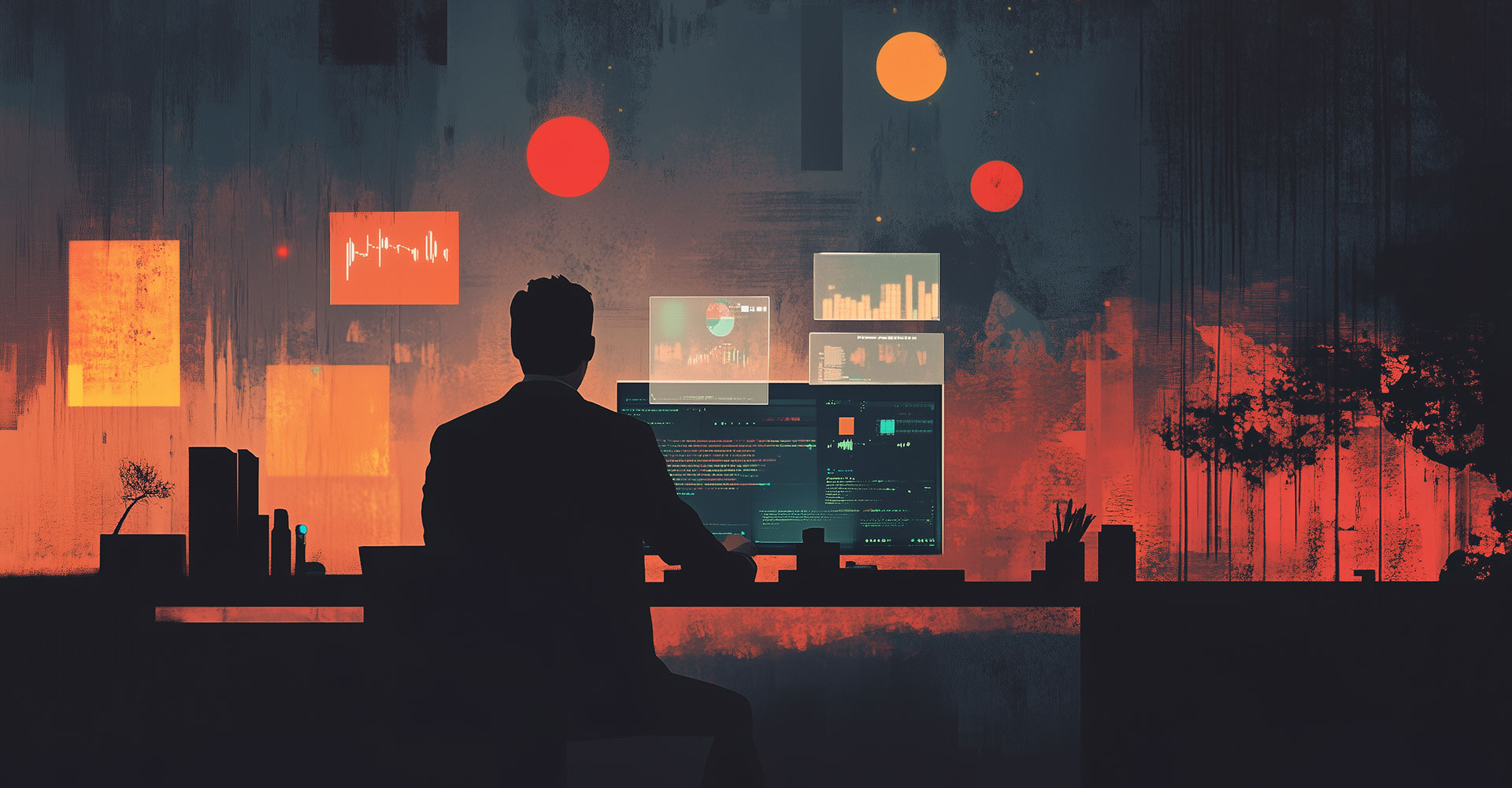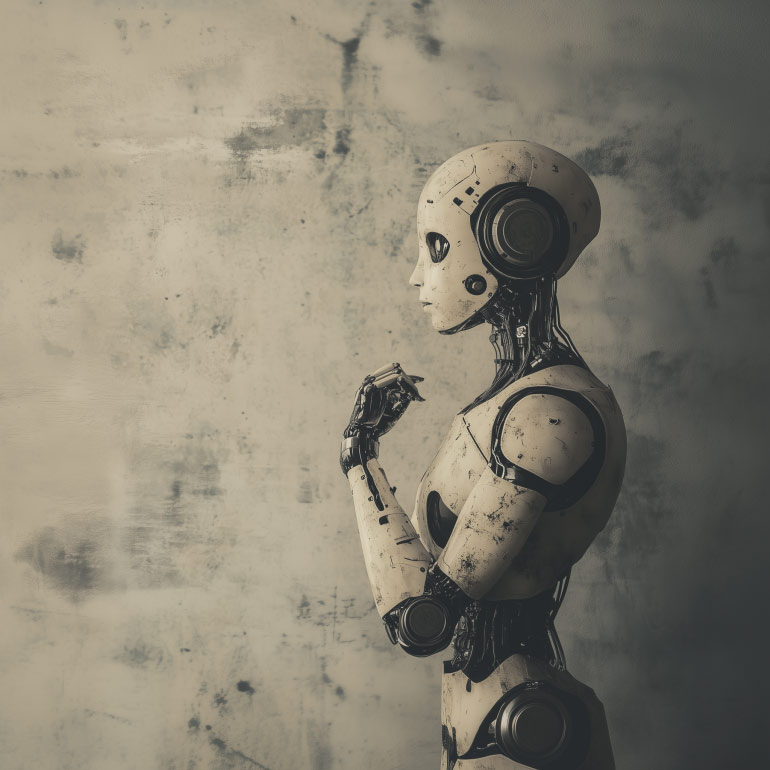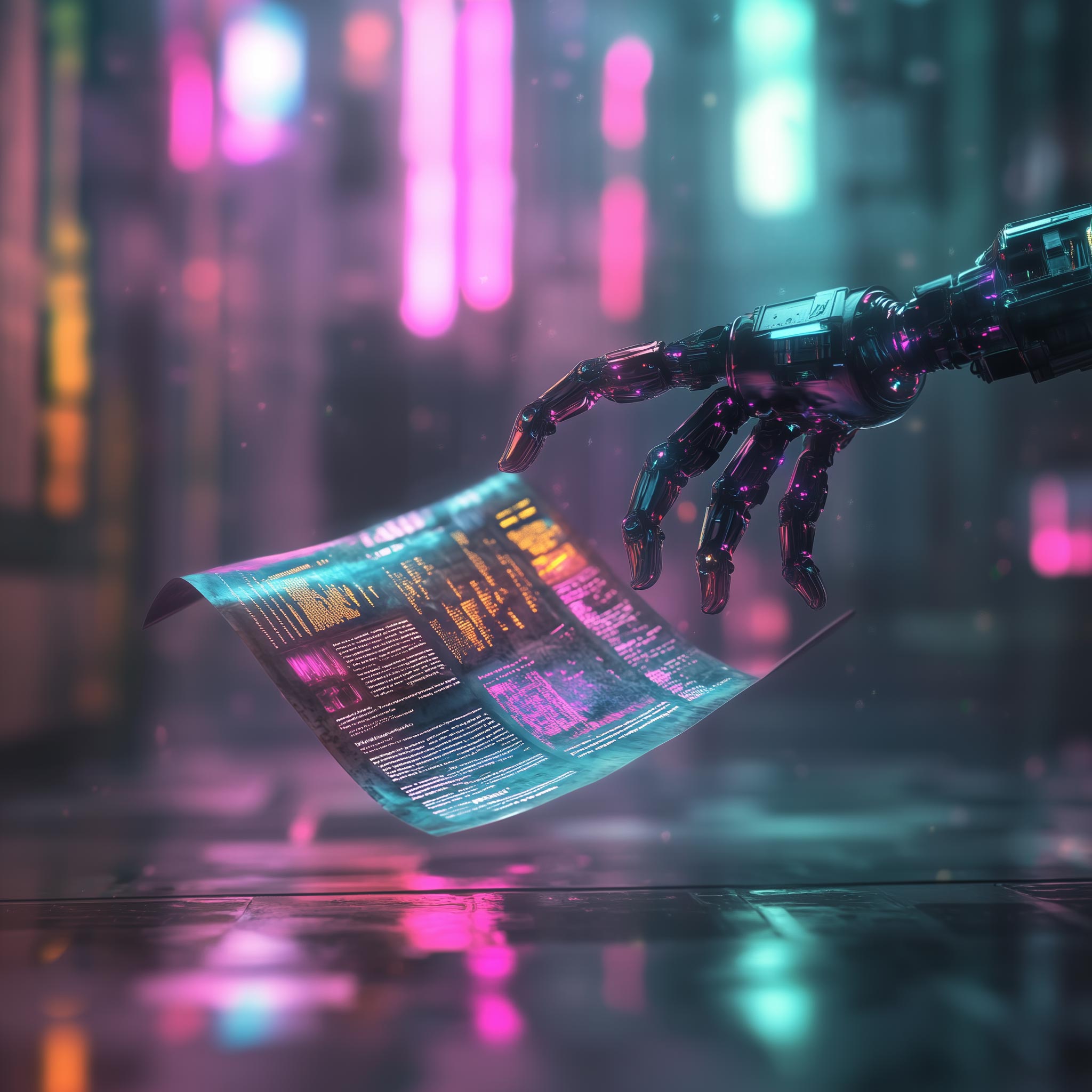Published: 5th May 2025 – By the guy who knew AI was coming before it asked for feedback on your slides.
Artificial Intelligence is no longer just lurking in sci-fi or nibbling at your Netflix recommendations. It’s now helping CEOs make better decisions, your intern cheat at PowerPoint, and even your fridge tell you off for ordering takeaway again. So, what’s new in the world of AI, and why should business leaders pay attention (beyond fearing the robot uprising)? Let’s break it down.
Consulting Firms & AI: When PowerPoint Gets a Brain
The big boys—McKinsey, BCG, Deloitte, PwC, and KPMG—have embraced AI like it’s the second coming of Excel. Here’s how they’re doing it:
- McKinsey’s Lilli: Over 70% of McKinsey staff now rely on Lilli, their proprietary chatbot, to speed up research, answer queries, and support data analysis. It’s like having a junior analyst with infinite coffee and zero complaints.
- BCG’s Deckster and GENE: Deckster builds presentation slides automatically, freeing consultants to focus on strategy (or more coffee). GENE, their conversational bot, enables staff to build over 18,000 custom GPTs—basically personal assistants tailored to your niche.
- Deloitte’s Sidekick: More than a friendly name, it’s their suite of AI tools that support consultants with real-time insights. Deloitte is also investing in external platforms like Zora AI and Ascend to handle niche tasks from analysis to automation.
- PwC and KPMG: Both are pushing AI deeper into their service models with platforms like Agentspace and agent OS. These tools act like digital teammates, aiding everything from audit prep to strategic forecasting.
But let’s not pretend it’s all roses. There are valid worries about job loss, the quality of automated insights, and whether these bots will one day unionise.
Microsoft’s Crystal Ball: AI Agents and the End of Doing It All Yourself
Microsoft’s pitch? Every worker becomes a “boss of bots.” Picture this: you assign tasks to AI agents while sipping your flat white and nodding sagely in a Zoom meeting.
They see three phases of transformation:
- AI Assistants: Initially, humans use AI tools to support decision-making and speed up tasks. Think of it as a smarter Siri with a work ethic.
- Digital Colleagues: AI moves beyond support and becomes an integral part of your team. These “colleagues” can handle reports, manage comms, and run diagnostics while you focus on bigger decisions.
- Full AI Delegation: Eventually, entire tasks (and departments?) could be managed by AI under human oversight. Sounds efficient—until one of them forgets to CC the boss.
This evolution promises huge efficiency gains, but leaders need to be wary of potential knowledge gaps and cultural shifts in how teams operate.
Show Me the Money (and the Emissions)
The IMF says AI will bump global GDP up by 0.5% a year through 2030. That’s great, but there’s a catch (isn’t there always?):
- Energy Consumption: AI data centres are projected to triple their electricity usage by 2030—putting them on par with India’s current total consumption. That’s a lot of juice.
- Greenhouse Gas Emissions: The AI boom could lift emissions by 1.2% under current policies. That means we’ll need serious investment in renewables if we don’t want progress to come with planetary side effects.
Yes, AI could be an economic engine. But businesses must also lead responsibly by adopting green tech alongside digital transformation.
Adobe Gets Funky: Firefly and Creative Cloud Get AI’d Up
Adobe Max London 2025 was a love letter to AI-powered creativity:
- Firefly 4: This new model lets users generate hyper-realistic images with uncanny accuracy. Great for moodboards, maybe less so for verifying news.
- Firefly Boards: Think Pinterest meets MidJourney. Teams can collaborate on visual ideas with AI as your creative partner.
- Photoshop Updates: Now you can type what you want changed in an image—and Photoshop figures it out. Magic? Nope, just machine learning.
- Premiere Pro Improvements: AI-enhanced search, auto multilingual captions, and more tools for creators to focus on storytelling, not subtitling.
Adobe also dropped a free Content Authenticity app so you can tag your content and control whether AI can train on it. Privacy-conscious designers, rejoice.
Alphabet’s $75 Billion Bet on AI (and Their Own Brilliance)
Google’s parent company isn’t shy about its AI obsession:
- Q1 2025 Profits: $90.23 billion in revenue and a tidy $2.81 per share profit.
- Stock Buyback: $70 billion returned to shareholders—because why not?
- AI Infrastructure Investment: $75 billion planned, mostly going to data centres and AI innovation.
Google Search now integrates AI for 1.5 billion monthly users, which means your next typo might still give you the answer you needed.
What It All Means for Your Business
It’s not just the tech giants or creative studios that need to care. Every business leader should be thinking about AI now:
- Strategic Investments: AI isn’t just a nice-to-have. It’s a game-changer that could decide whether your business scales or stalls. Investing wisely—and early—can deliver real returns.
- Technological Integration: AI isn’t just about replacing humans; it’s about augmenting them. Look for ways to enhance your team’s output and explore new revenue opportunities.
- Ethical Considerations: Bias, fairness, and transparency must be at the heart of your AI strategy. Failing to manage the ethics of AI today could cost your reputation tomorrow.
Final Word: AI Won’t Replace You… Unless You Let It
The future of business isn’t human or AI—it’s the blend. If you can lead with curiosity, strategy, and a bit of digital swagger, you’ll be just fine. If not, your next board meeting might feature a rather smug algorithm in your seat.



